- Home
- Articles
- Architectural Portfolio
- Architectral Presentation
- Inspirational Stories
- Architecture News
- Visualization
- BIM Industry
- Facade Design
- Parametric Design
- Career
- Landscape Architecture
- Construction
- Artificial Intelligence
- Sketching
- Design Softwares
- Diagrams
- Writing
- Architectural Tips
- Sustainability
- Courses
- Concept
- Technology
- History & Heritage
- Future of Architecture
- Guides & How-To
- Art & Culture
- Projects
- Interior Design
- Competitions
- Jobs
- Store
- Tools
- More
- Home
- Articles
- Architectural Portfolio
- Architectral Presentation
- Inspirational Stories
- Architecture News
- Visualization
- BIM Industry
- Facade Design
- Parametric Design
- Career
- Landscape Architecture
- Construction
- Artificial Intelligence
- Sketching
- Design Softwares
- Diagrams
- Writing
- Architectural Tips
- Sustainability
- Courses
- Concept
- Technology
- History & Heritage
- Future of Architecture
- Guides & How-To
- Art & Culture
- Projects
- Interior Design
- Competitions
- Jobs
- Store
- Tools
- More
The Architecture of Borders: Walls, Gates, and the Spaces They Shape
Explore the architecture of borders—walls and gates—from ancient fortifications to smart checkpoints. Discover typologies, materials, technologies, and their social, spatial, and environmental impacts. Global case studies inform ethical, humane principles for adaptable, inclusive border design.

Borders don’t just appear on maps: we build them. When we talk about the architecture of borders, walls and gates, we’re talking about an evolving mix of engineering, symbolism, policy, and lived experience. From ancient ramparts to sensor-laced smart gates, these structures choreograph how people, goods, wildlife, and ideas move. In this guide, we trace where border-making comes from, how it works, what it impacts, and where we can take it next, so we design with clarity rather than fear.
Table of Contents
ToggleHistorical Evolution Of Walls And Gates
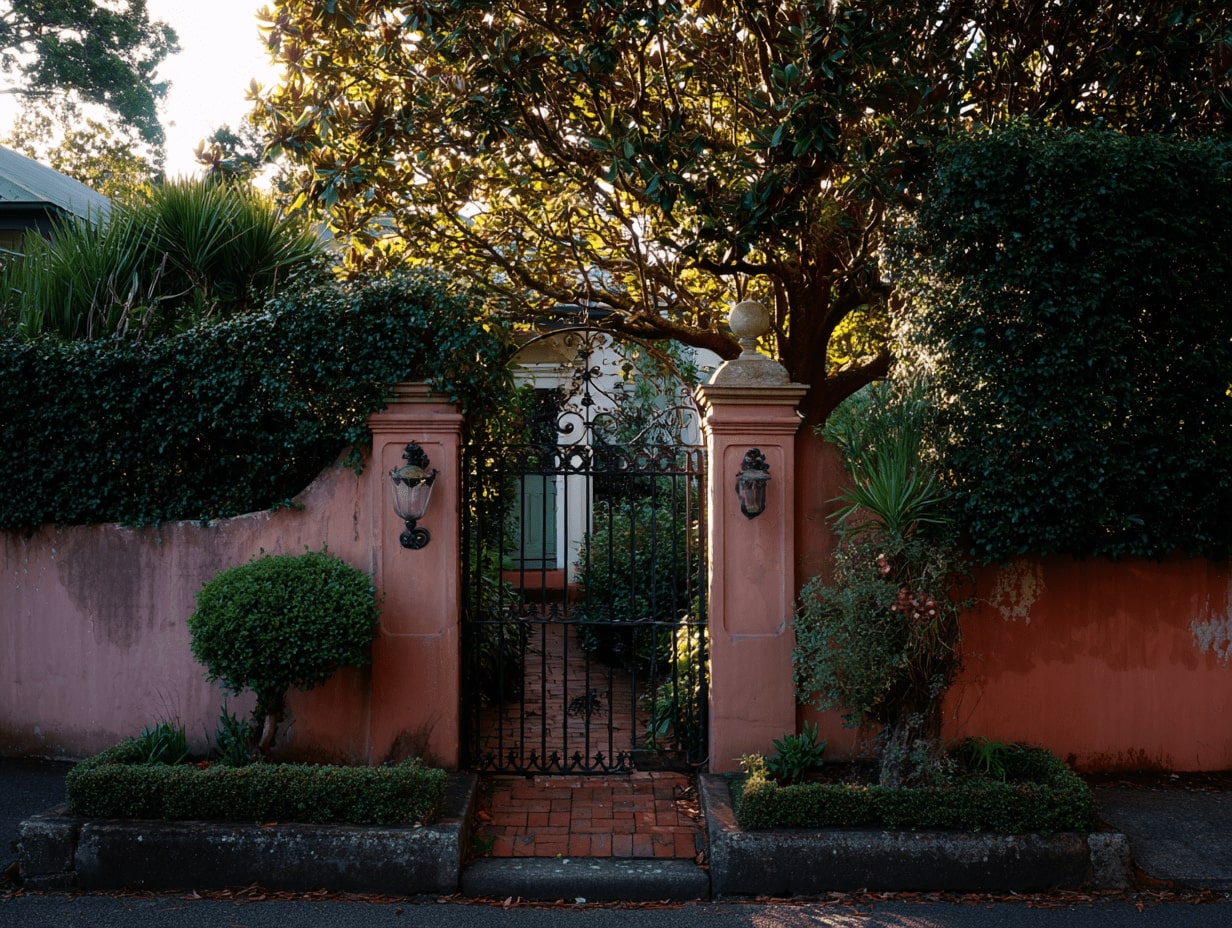
Ancient Fortifications And City Gates
We began by drawing lines in earth and stone. Mesopotamian city walls, Egypt’s frontier fortresses, and the monumental systems of the Great Wall stitched together watchtowers, earthworks, and ceremonial gates. These were as much about projecting order and tax control as stopping raiders.
Medieval And Early Modern Defensive Works
Medieval walls tightened around towns, with barbicans, moats, and portcullises orchestrating entry. The trace italienne, angled bastions that absorbed cannon fire, signaled the shift to artillery-era geometry. Gates doubled as customs points, theaters of power, and market chokepoints.
Industrialization And The Modern Nation-State
Railways, telegraphs, and passports professionalized borders. Fences, checkpoints, and quarantine stations standardized how we inspected bodies and goods. The architecture of borders, walls and gates became bureaucratic infrastructure, syncing with census-taking and conscription.
Postwar Divisions And Contemporary Bordering
After 1945, some walls fell, others rose: the Berlin Wall, the Korean DMZ, Green Lines, and later, fortified segments in South Asia and the Middle East. Since the 1990s, “smart” barriers and offshore controls externalized borders to airports, seas, and even digital pre-clearance.
Typologies And Design Logics

Defensive And Deterrent Infrastructures
These aim to slow, channel, or deter movement, layered fences, berms, anti-ram bollards, and vehicle traps. Their logic is delay and visibility: create time for response, not absolute stoppage.
Regulatory Checkpoints And Control Zones
Where law meets architecture: booths, canopies, queuing lanes, inspection bays, and secondary screening rooms. Good design balances throughput, fairness, and data integrity while avoiding choke points that create risk.
Symbolic And Ritual Thresholds
Triumphal arches, national gates, and flag plazas perform identity. Even modest boundary markers, stones, stiles, painted lines, signal belonging, welcome, or exclusion through proportion, material, and ceremony.
Domestic, Campus, And Community Enclosures
From gated communities to school perimeters, smaller-scale borders script everyday life: access hierarchies, visitor flows, delivery routes. Done poorly, they harden inequities: done well, they protect without isolating.
Materials And Technologies
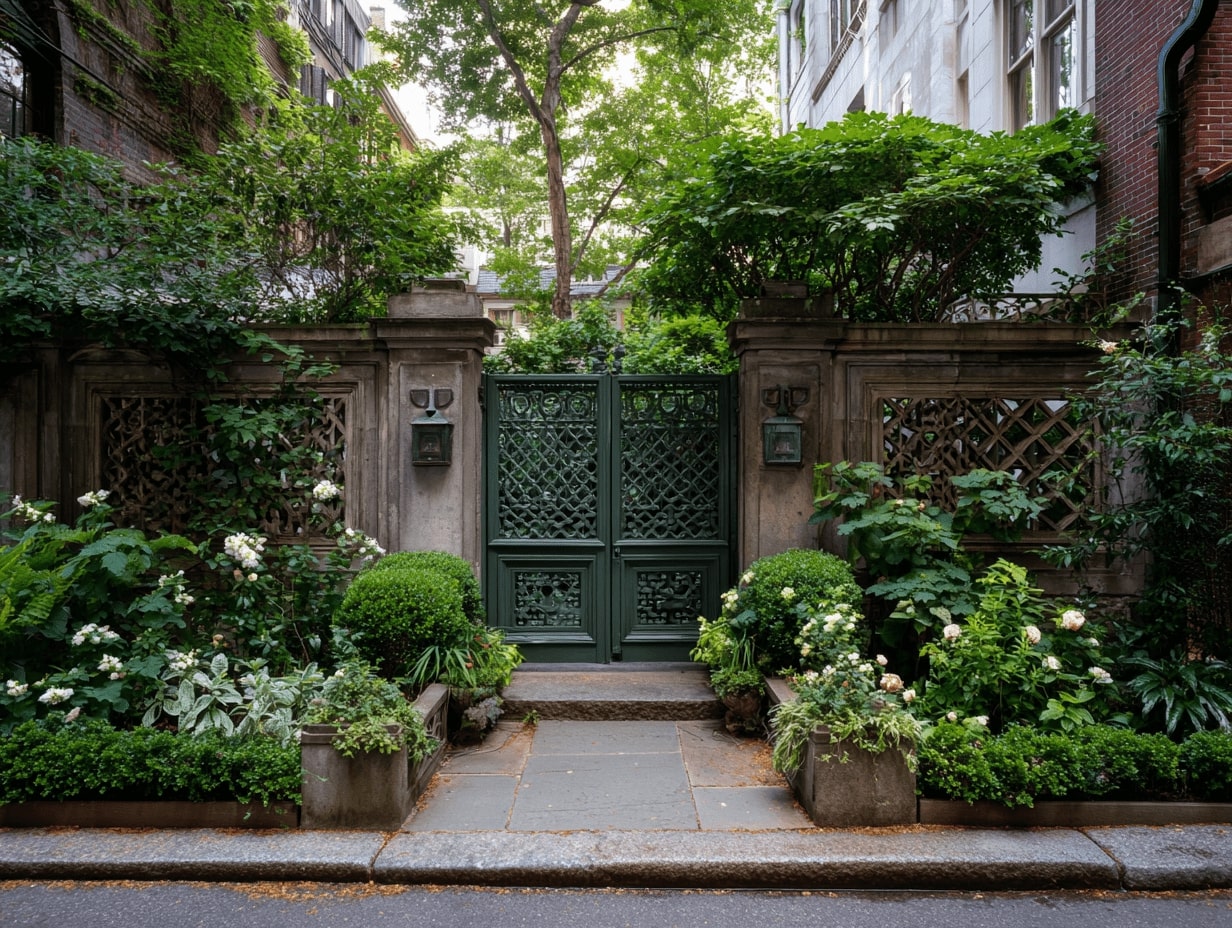
Masonry, Earthworks, And Vernacular Systems
Stone, rammed earth, adobe, and timber palisades adapt to local climates and labor. Their mass absorbs impact and weather but demands maintenance and skilled craft.
Industrial Fencing, Barriers, And Modular Units
Steel pickets, gabion baskets, precast panels, and jersey barriers deliver speed and standardization. Modular kits allow rapid deployment and targeted upgrades along complex terrain.
Sensors, Surveillance, And Smart Gates
Cameras, lidar, ground sensors, and drones extend the fence into a sensing field. RFID, biometric kiosks, and license-plate recognition speed crossings, if we design for privacy, consent, and auditability.
Lifecycle, Maintenance, And Adaptability
Borders outlive policies. We plan for corrosion, vandalism, storm damage, and shifting routes. Designs that bolt-on, unbolt, and repurpose reduce cost and ecological footprint over decades.
Spatial, Social, And Environmental Impacts

Urban Morphology, Connectivity, And Flows
Walls redraw street hierarchies. They can sever desire lines, inflate commute times, and starve local commerce, or, with permeable crossings and shared plazas, stitch districts back together.
Ecological Fragmentation And Wildlife Passage
Continuous fencing can trap species, alter migration, and spread invasive plants. Wildlife overpasses, underpasses, and fence “soft spots” keep herds moving and reduce vehicle collisions.
Accessibility, Safety, And Inclusion
Wayfinding, lighting, and universal design matter at borders. Clear signage, weather protection, family rooms, and humane waiting areas cut stress for travelers and staff.
Aesthetics, Wayfinding, And Identity
Material palettes, art, and landscape can dignify crossings. Legible edges, consistent iconography, and sightlines lower anxiety and help users self-orient, even in high-security contexts.
Global Case Studies And Lessons

The Great Wall: Empire, Labor, And Landscape
More than a line, it was a system, roads, beacons, garrisons. It teaches us that scale without supply and governance is theater: logistics are the real architecture.
Berlin Wall: Division, Performance, And Memory
A hard border in a city birthed soft resistances: graffiti, concerts, and “border performances.” Its fall reminds us to plan for deconstruction and memorial space from day one.
U.S.–Mexico Border: Prototypes, Gaps, And Terrain
From Normandy-style vehicle barriers to bollard walls, prototypes meet wildly different geologies. Lessons: water flows win: flash floods undermine footings: and gaps, legal, topographic, temporal, shape outcomes more than wall height.
Jerusalem/West Bank Barrier: Security And Urban Fabric
Segments carve through neighborhoods, reshaping work, health access, and kinship ties. Alignments that respect daily life, paired with managed crossings, reduce harm while meeting stated security aims.
Gated Communities: Everyday Borders And Inequity
Neighborhood gates trade perceived safety for social segregation. We can swap blank walls for passive surveillance, mixed edges, and public amenities that keep streets active.
Ethics, Policy, And The Future Of Border Design
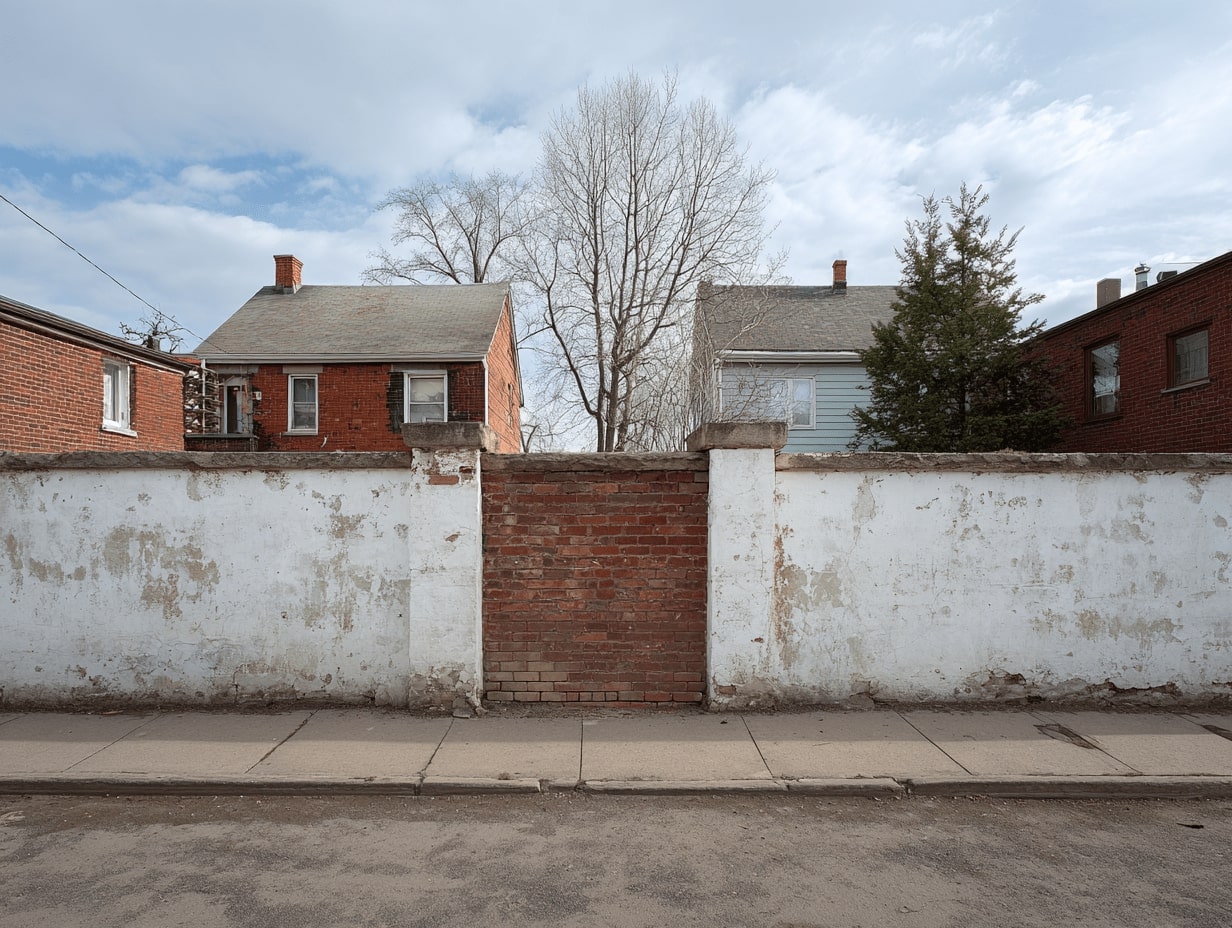
Human Rights, Duty Of Care, And Minimizing Harm
If we build borders, we own the outcomes. Shade, water, medical access, and clear grievance channels should be base requirements, not add-ons.
Design For De-Escalation, Contact, And Mediation
Sightlines that allow supervision without intimidation, communication windows, and shared spaces for legal aid and family reunification turn flashpoints into interfaces.
Temporary, Event, And Crisis Borders
Pop-up perimeters at festivals, evacuation zones, or public health checkpoints should be legible, reversible, and data-light. Temporary shouldn’t mean sloppy.
Deconstruction, Reuse, And Memorialization
Plan the afterlife: reclaim steel, rewild berms, mark paths with interpretive trails. Memory spaces acknowledge harm and help communities metabolize change.
Conclusion
Designing the architecture of borders, walls and gates, is eventually about stewarding movement with dignity. When we pair robust materials with humane policy, ecological passages, and reversible details, we get borders that protect without scarring. Let’s build for security, yes, but also for memory, mercy, and the possibility that lines can soften.
- architectural barriers
- architectural borders
- architectural space planning
- border architecture design
- border wall aesthetics
- boundary wall architecture
- commercial space planning
- decorative fencing architecture
- gated community architecture
- innovative border solutions
- integrated border solutions
- landscape and borders
- ornamental gates design
- perimeter security design
- privacy wall design
- residential border architecture
- security fence design
- spaces shaped by borders
- sustainable border design
- urban border design
- walls and gates design
Submit your architectural projects
Follow these steps for submission your project. Submission FormLatest Posts
The United States’s Most Beautiful Parks and Gardens: Our Essential Guide
Discover the United States’s Most Beautiful Parks and Gardens with expert picks,...
Lawn Care Fundamentals That Make or Break Outdoor Designs
Most architecture students spend years learning design software and theory. Then they...
Top Botanic Gardens in the United States: Where We Go For Living Collections And Calm
Top Botanic Gardens in the United States: our expert-vetted list with when...
Best Resources for Aspiring Landscape Architects
Landscape architecture mixes art with hard science. You’re not just sketching gardens....





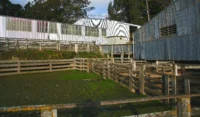




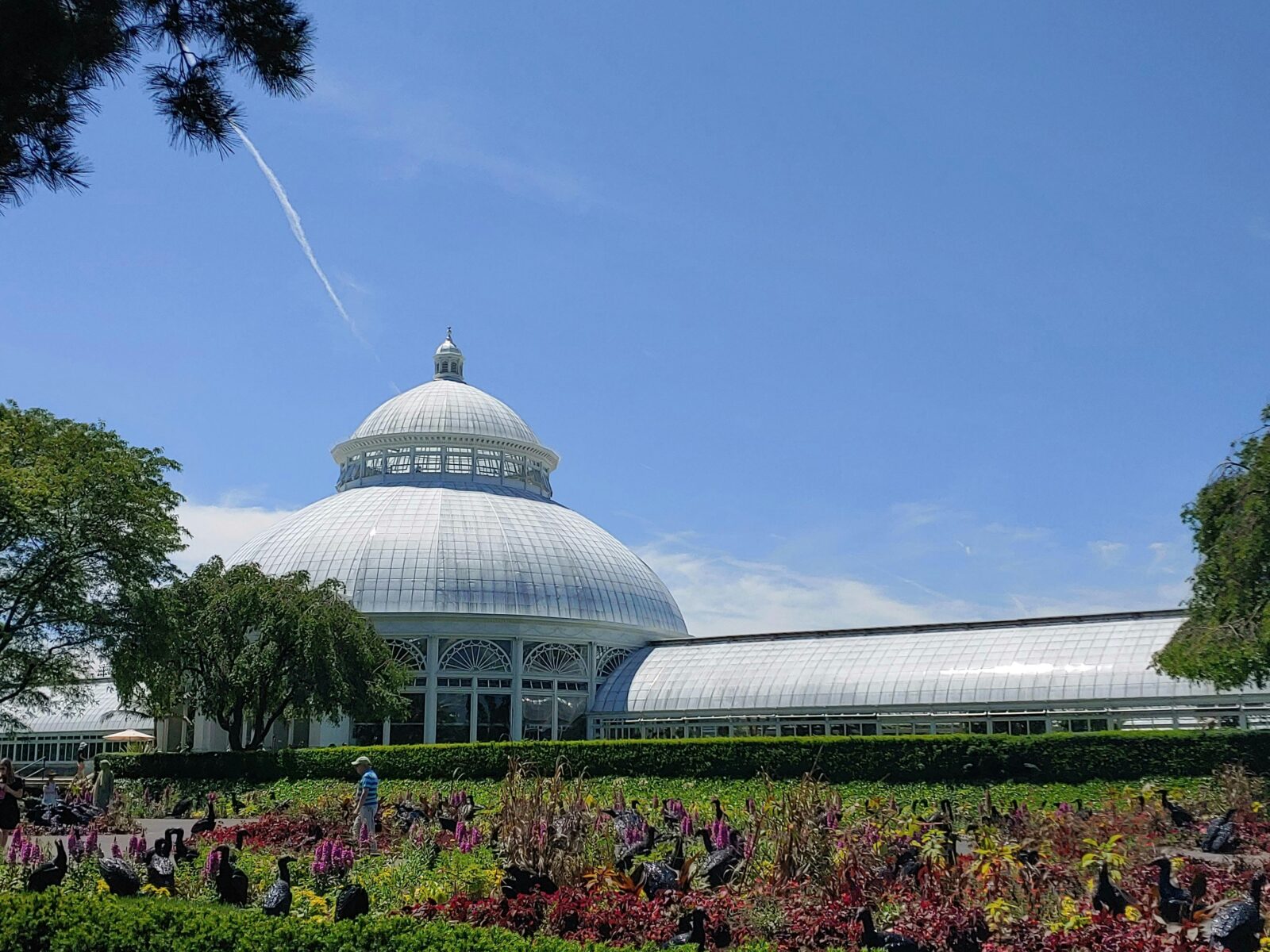
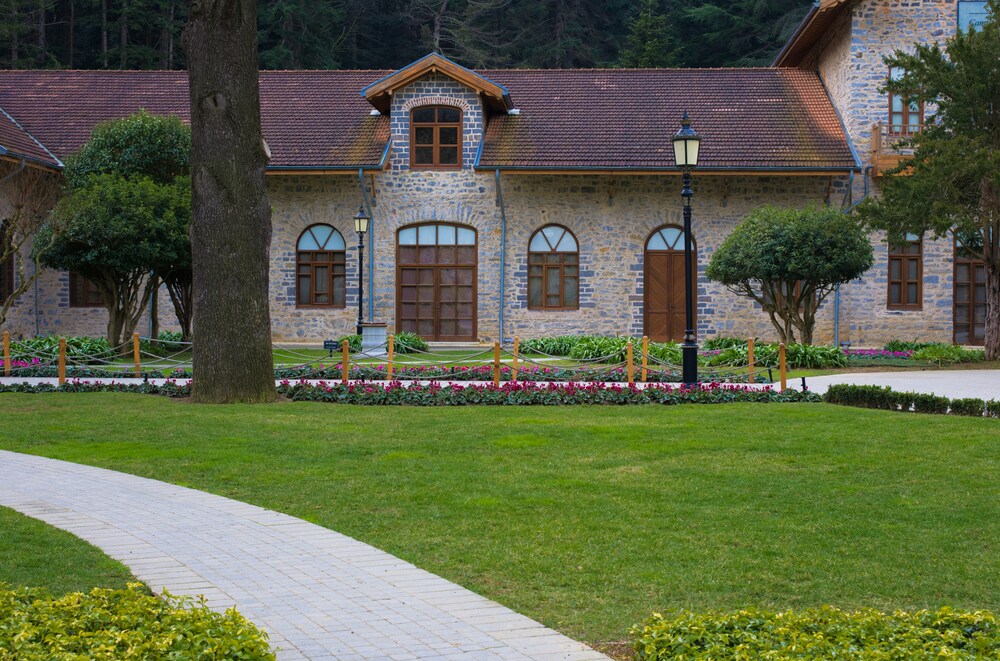
Leave a comment